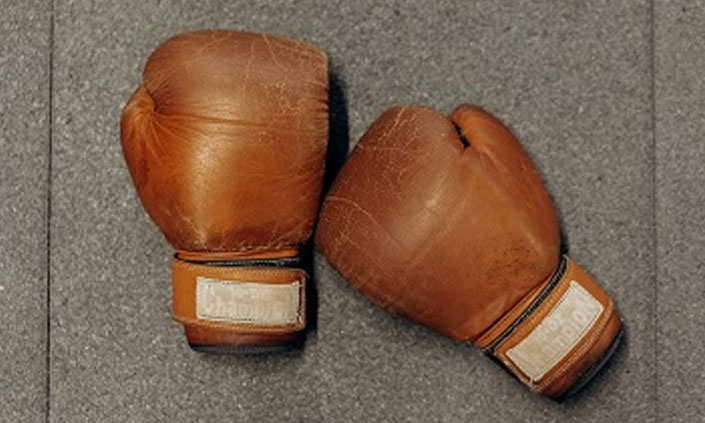Chronic brain injury in professional boxers
At least 15 per cent of retired professional boxers live with brain injury, including the rare fatal brain disease chronic traumatic encephalopathy.

In the most comprehensive investigation of boxing-related deaths in Australia, Macquarie University researchers have shown that regulations are failing to protect boxers from death and serious brain damage. Since government regulations were introduced in the mid-1970s there have been 11 boxing deaths, all but one of which were from traumatic brain injury.
The long-term impact of repeated head trauma is a major concern for a sport that attracts more than 300,000 participants in Australia each year. The number of Australian amateur and professional boxers currently living with chronic traumatic brain injury is not known because they are often misdiagnosed or not receiving any care.
“Government regulations are meant to protect the health and safety of athletes, but our research shows that the current regulations for boxing are either inadequate or not being effectively implemented,” states Dr Reidar Lystad, Research Fellow at the Australian Institute of Health Innovation (AIHI) at Macquarie University.
“There is urgent need for regulations to be reformed and their effectiveness evaluated if boxing is to survive as a sport, especially as the Australian Medical Association and the World Medical Association have called for boxing to be banned.
“Traumatic brain injury is a silent killer, with the most serious effects often not being seen for decades and leaving former athletes isolated and struggling to access specialist care.
"Symptoms can include difficulties remembering, controlling emotions, and with physical movement.”
Dr Lystad has called for existing regulations to be better enforced as well as additional safeguards including:
- improved education on acute and chronic brain injury in the boxing community
- better recognition of concussion symptoms with earlier match stoppages
- funding for long-term monitoring of boxing athletes’ brain health
- better access to healthcare and support services for retired boxers.
The research is published in the international Journal of Science and Medicine in Sport.
Contact Chrissy Clay for media enquiries and more information.